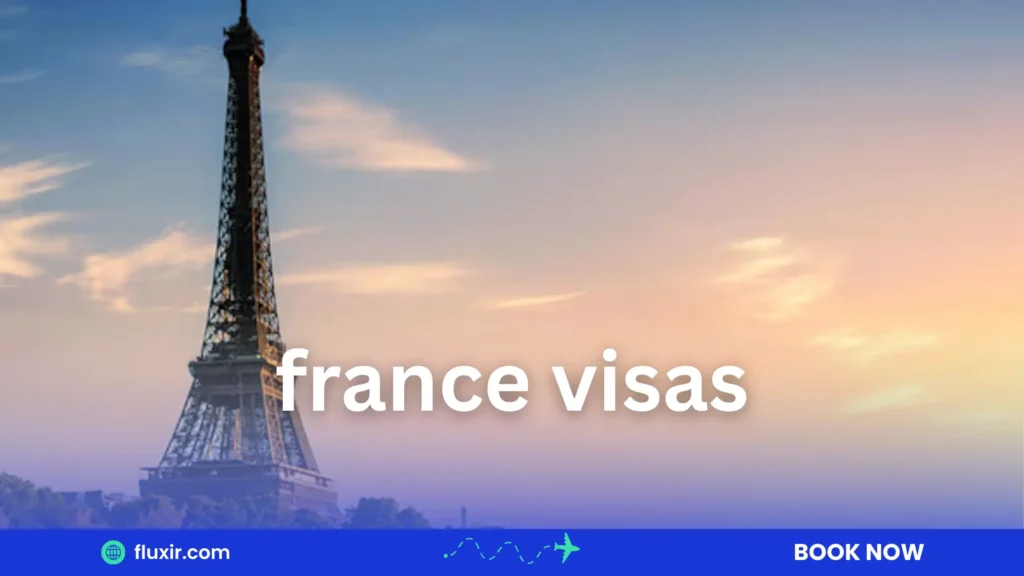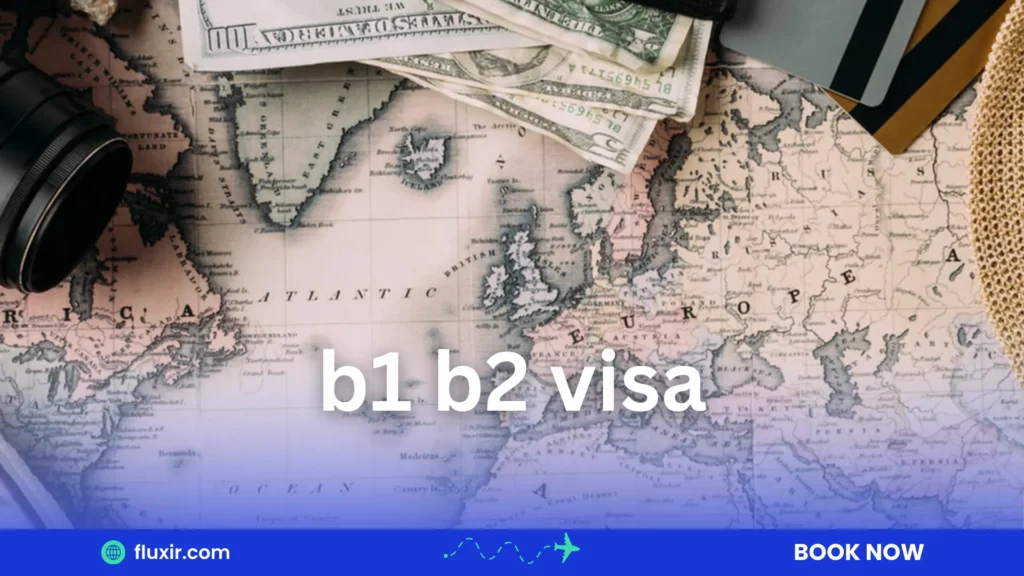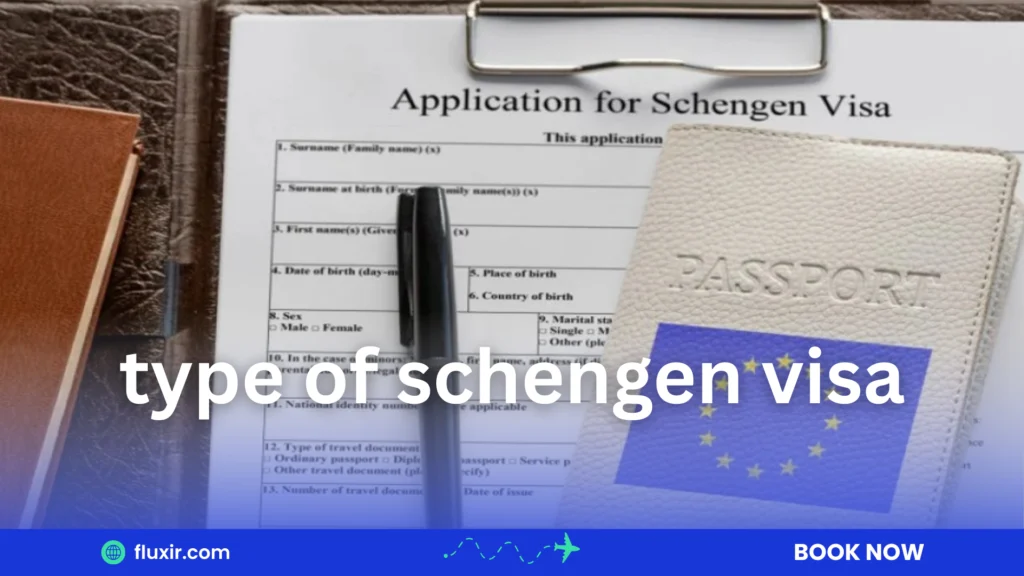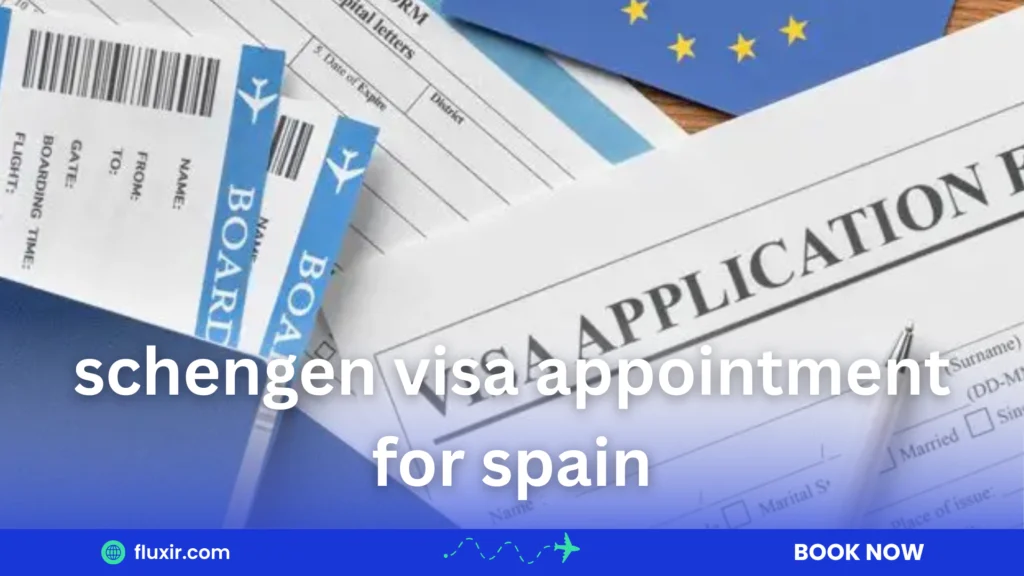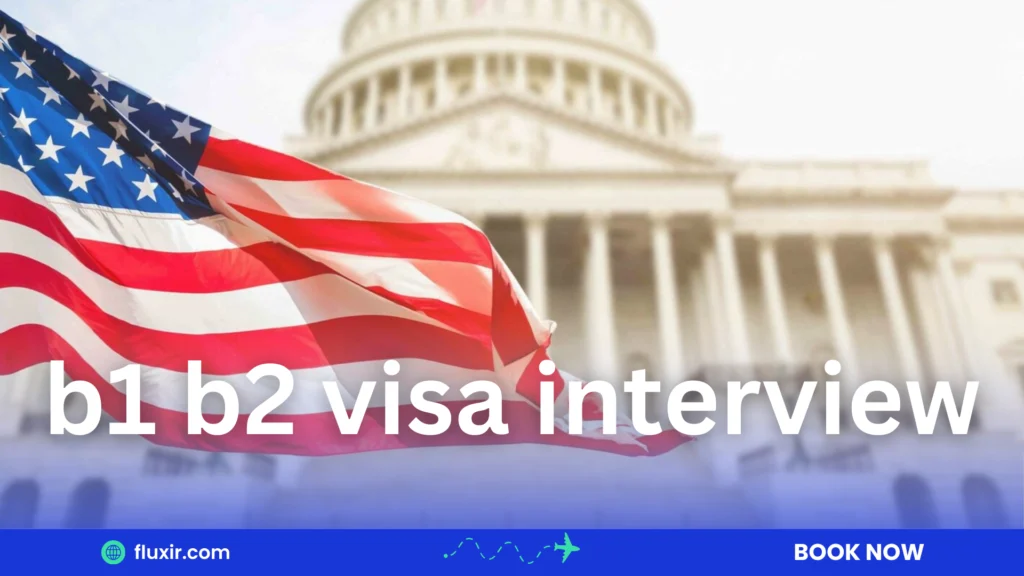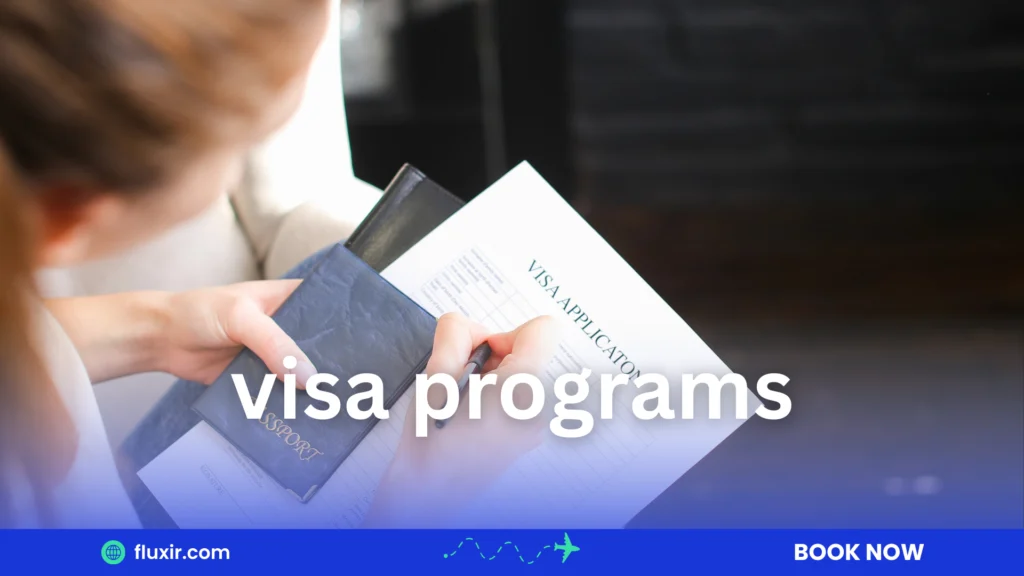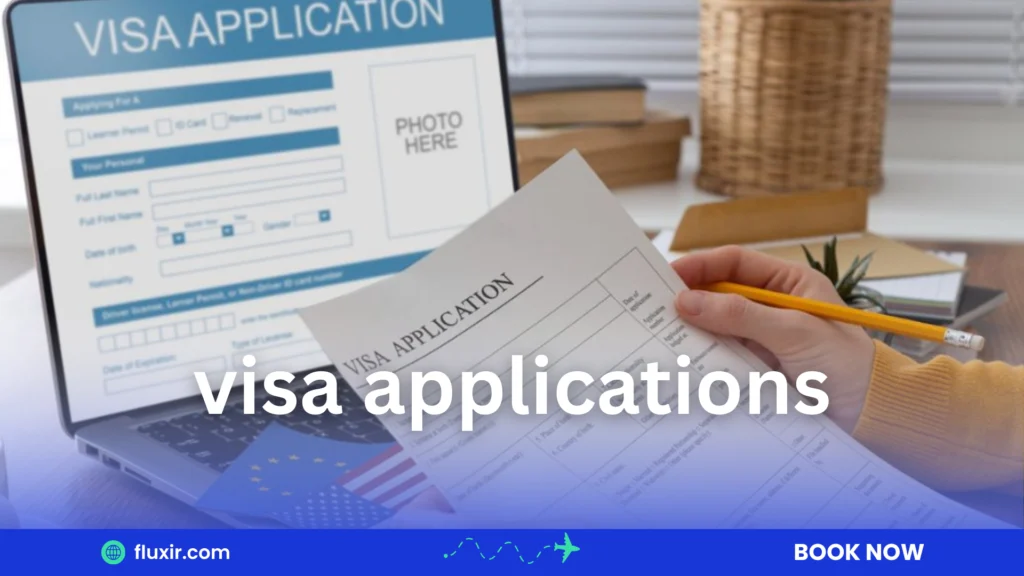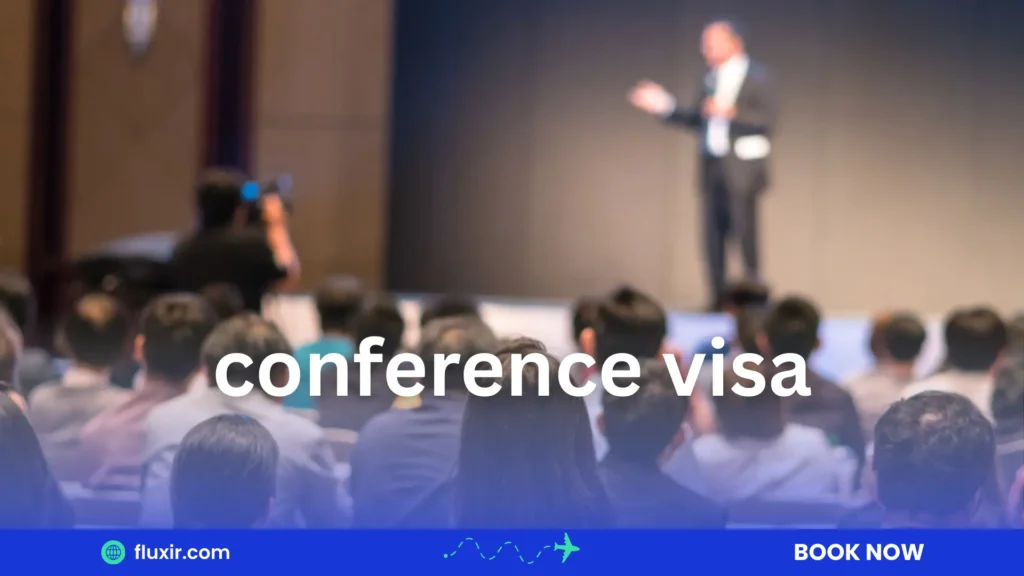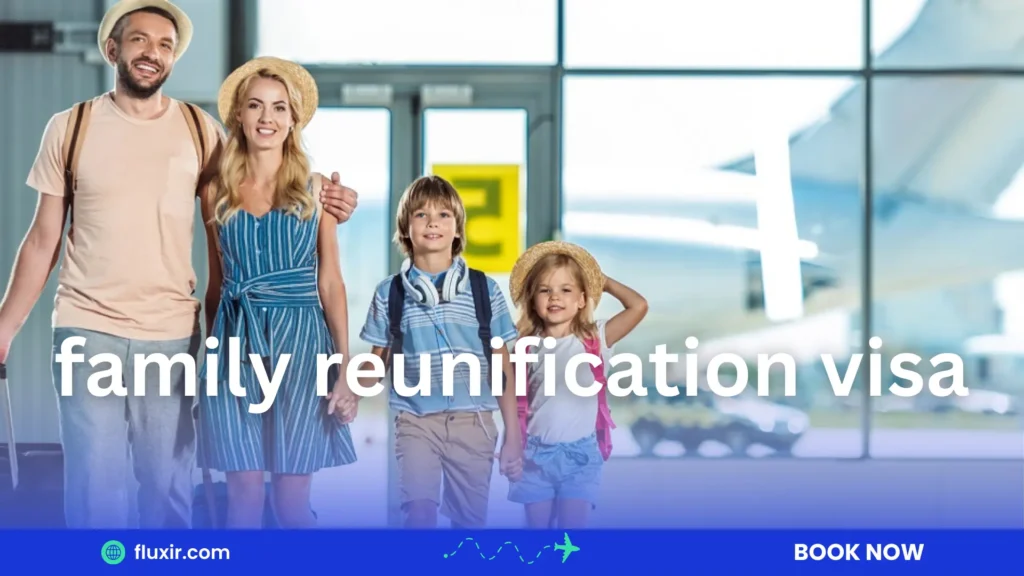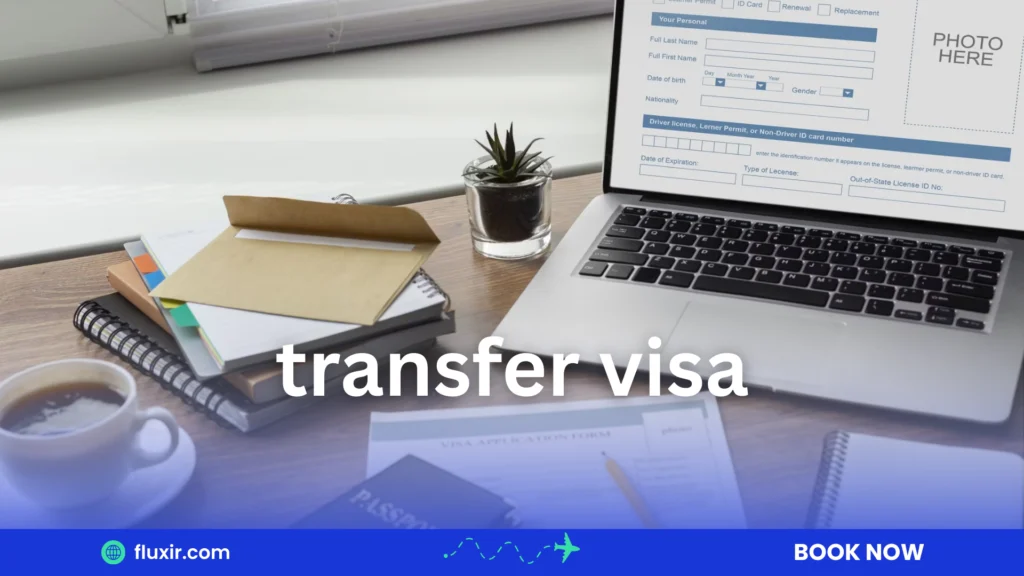Visa application process – France Visas
Is it difficult to get France visas? If you plan to visit this beautiful country anytime soon, you must first apply for a France visa. Indian citizens can easily get a visa for France. If you want to avoid the hassle of long lines and hard-to-get visa appointments, you can apply for your France visa through a reliable service like Fluxir. As for the current waiting time for France visas appointments, it is usually available within 48 hours (working days), but this can vary during the high season. Now, let’s walk through the full process together! Why You Might Need France Visas France is not just a dream destination for tourists. It is also a hotspot for students, business travelers, and those looking to reconnect with family. Whether you are planning a short holiday in Paris or attending a business conference in Lyon, you will need the right France visa to enter the country legally. Depending on your purpose, there are several types of visas you can apply for, including short-stay visas (Schengen visas) or long-stay visas. Who Needs a Visa for France? If you are an Indian citizen (or from a non-Schengen country), you definitely need a France visa before traveling. Citizens from many countries outside the European Union must apply for a visa in advance. However, nationals of the EU, EEA, and a few other countries can enter France without a visa for short stays. How to Apply for France Visas Here’s a step-by-step guide to help you: Choose the Right Visa Type First, decide on the type of visa you need. Common options include: Short-Stay Schengen Visa: Valid for up to 90 days for tourism, business, or family visits. Long-Stay Visa: For study, work, or family reunification lasting longer than 90 days. Choosing the correct visa is crucial to a successful application. Fill Out the Visa Application Form Visit the official France Visas website and complete the online application form carefully. Make sure all your information is accurate and matches your documents. Book Your Visa Appointment Once you have submitted the form, you will be prompted to book an appointment at the nearest visa application center. As mentioned earlier, appointments are usually available within 48 working hours, but it is smart to book early, especially during busy seasons like summer and Christmas. Prepare Your Documents You will need: A valid passport. Completed visa application form. Passport-sized photos (as per guidelines). Proof of travel arrangements (flight tickets, accommodation bookings). Travel insurance. Proof of financial means. Supporting documents ,depending on your travel purpose (like an invitation letter for business visits or a university admission letter for students). Having complete documents is key to avoiding delays. Attend the Appointment At your appointment, you’ll submit your biometric data (fingerprints and photograph) and all required documents.Make sure you attend on time and bring originals along with photocopies. Pay the Visa Fee Visa fees must be paid at the visa center during your appointment. Payment methods can vary, so it’s best to check beforehand. How Long Does It Take to Process a France Visa? Normally, visa processing takes between 7 to 15 working days. However, during peak seasons, holidays, or depending on the complexity of your case, it might take a little longer. That’s why it’s advised to apply at least one month before your intended travel date. Tips to Make Your France Visa Application Easy Applying for a visa can feel stressful, but here are some tips to make it simpler: Double-check your documents before your appointment. Be honest and clear during your visa interview (if applicable). Apply early to avoid last-minute stress. Use a trusted service like Fluxir to help you manage appointments and paperwork smoothly. Why Choose Fluxir for Your France Visas? Applying for a visa on your own can be tricky. Long queues, confusing forms, and missing documents, all of these can delay your plans. Fluxir makes the process smooth by helping you: Book appointments faster Prepare all necessary documents Get personalized support if there are any updates or issues With professional guidance, you’ll increase your chances of a successful visa application, and you can focus on planning your amazing trip instead. And remember that, When it comes to getting France visas, preparation is everything. From filling out your application correctly to showing up at your appointment fully prepared, every small step counts. Remember, while most appointments are available within 48 hours, it’s always smart to plan ahead, especially during high-travel seasons. Fluxir is here to make your visa journey easy and stress-free. Let us help you turn your French dream into reality! Ready to Apply for Your France Visas? Don’t let visa worries hold you back from experiencing France. At Fluxir, we’re ready to help you book your appointment, prepare your documents, and guide you through every step of the France visas process. Start your journey with confidence today. Visit Fluxir.com and get ready for your French adventure.

